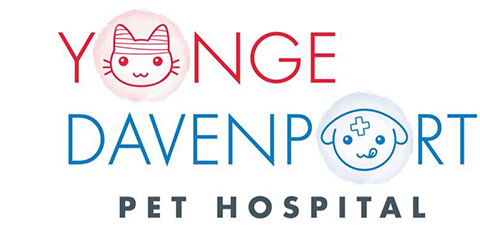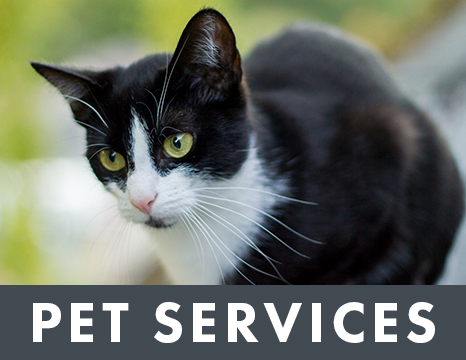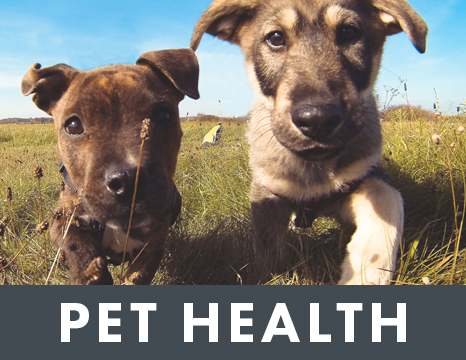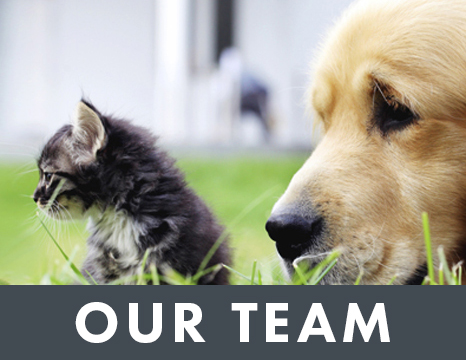Library
-
Cat scratch disease (CSD) is caused by the bacteria Bartonella that is transmitted by cat fleas and other biting insects. Cats act as reservoirs for the bacteria. Humans are exposed to the bacteria through flea feces that contaminate skin lesions or eyes. Signs include fever, lethargy, enlarged lymph nodes, and lesions on the eye and skin. The disease is usually self-limiting; however, some people will require antibiotics, especially if they are immunocompromised. Tests are available for diagnosis in humans as well as in cats. The most important ways you can prevent CSD include strict flea control, good hygiene, keeping your cat indoors, and keeping your cat's nails trimmed.
-
Treats are a great way to bond with your cat but are an additional source of calories that must be considered within the overall diet. Treats should be no more than10% of your cat's daily calorie intake and, in greater quantities, can create a nutritional imbalance. Consider choosing lower calorie treats for your cat to avoid exceeding the 10% rule.
-
Cataract formation is a reasonably well-known occurrence in pet birds. Canaries are more prone to cataract formation than other species of birds. Cataracts may be inherited or be secondary to a traumatic injury or infection involving one or both eyes.
-
A cataract is an increase in opacity of the eye’s lens. Any type of inflammation or damage to the lens can lead to a cataract. The clinical signs of cataracts vary depending on the size of the cataract; many cataracts are asymptomatic at the time they are diagnosed during a veterinary exam. The ideal treatment for cataracts is surgery, but not all cats are candidates for surgical treatment. In these cases, anti-inflammatory medications may be used to prevent glaucoma and other secondary complications of cataracts.
-
Inside the eye is a lens that focuses light on the back of the eye, or retina. Vision occurs at the retina. The structure of the eye is similar to a camera, which has a lens to focus light on the film. A cloudy or opaque lens is called a cataract.
-
There are many potential hazards for cats who live outdoors. This handout discusses some hazards including wild animals, infections, parasites, toxins, and cars, among others. Fenced yards do not protect cats nor keep them contained to the yard. If you feel your cat must go outdoors, train them to wear a leash and harness and/or create a safe outdoor cat enclosure and always monitor them when they are outdoors.
-
Periodontal disease is the most common problem affecting cats of all age groups. The importance of daily dental home care cannot be overemphasized. Nutrition can contribute to preventing periodontal disease and gingivitis.
-
Online shopping for convenience and great prices has quickly become the new normal in today's consumerism society. Although technology may help us be savvy shoppers, it's still good to be cautious about what you purchase online, especially when it comes to your pet's medications.
-
Cefovecin is given by injection and is used on and off label to treat bacterial infections in dogs and cats. It is typically given by your veterinarian in the veterinary hospital. Side effects are not common but may include sluggishness, and stomach upset. Adverse effects can occur up to two months after an injection. Do not use in pets that are allergic to it or other beta-lactam antibiotics, and do not use in herbivores. Cefovecin should be used cautiously in pets with kidney disease. If a negative reaction occurs, please call your veterinary office.
-
Cefpodoxime is a third-generation cephalosporin antibiotic used to treat skin infections in dogs. It is also used off-label in cats and to treat other types of infection. It is given orally in tablet or liquid form. Side effects are uncommon. If a negative reaction occurs, contact your veterinarian.





